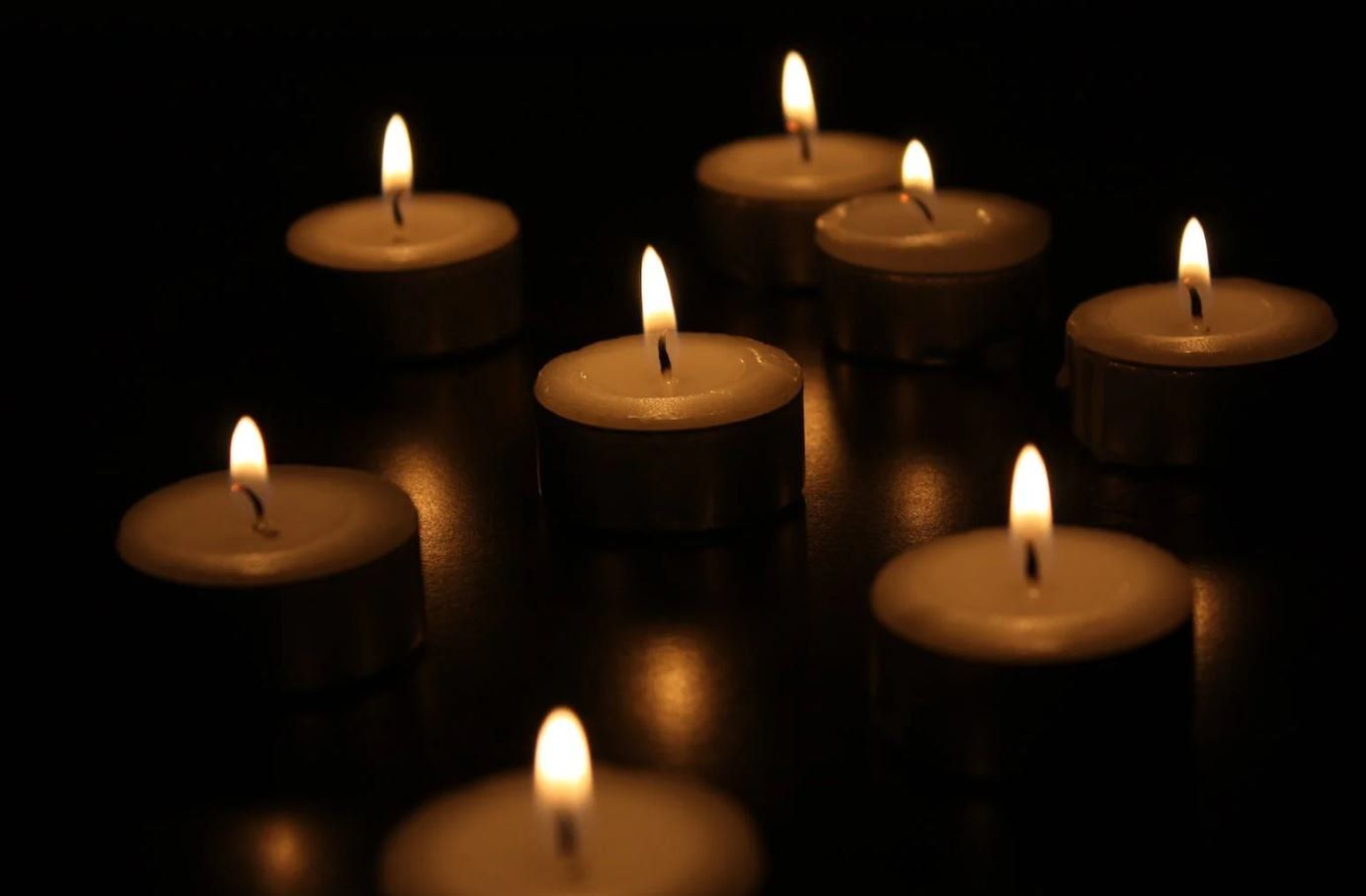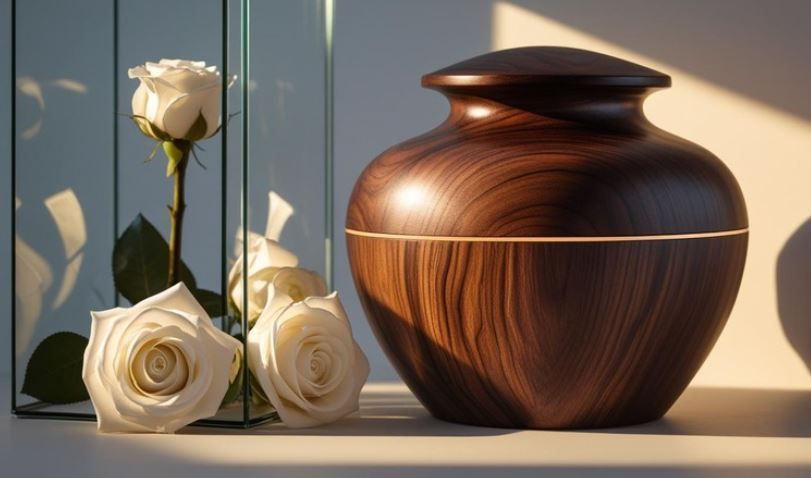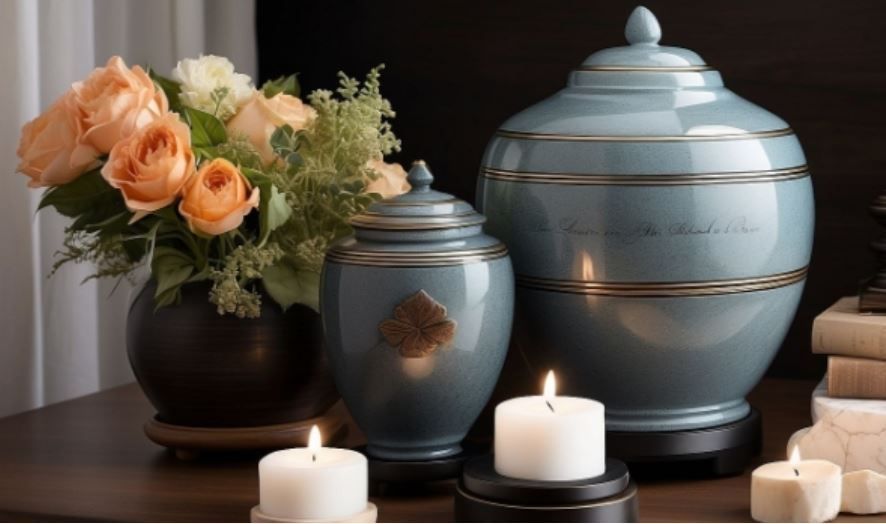How Hot Does a Cremation Service Oven Get?
Spangler Cremation Service • January 2, 2023
Cremation services are performed in cremation chambers, often called ovens. They reach very high temperatures in order to reduce the body to small fragments.

What do you know about
cremation services
and cremation ovens? If you are considering
cremation services in Plant City, FL
for after the loss of a loved one, you probably have a fair number of questions. Many bereaved have questions about the cremation process itself, specifically how the cremation chamber, or oven, works and how hot it actually gets.
The cremation chamber, sometimes called an oven or a retort, operates between 1,400- and 1,800-degrees Fahrenheit. This high heat is necessary to break down the body into small fragments of bone and ash and is generally produced by propane or natural gas. Most cremation ovens are made out of fire-resistant bricks and special masonry. The fire-resistant bricks line the interior of the chamber on the ceiling and walls. Specially made masonry materials cover the bottom of the chamber as that is the area that is exposed to the highest temperatures. Cremation oven walls are usually about 6 inches think to keep the extreme heat contained. They can have manually or mechanically operated doors depending on the model and design.
The human body is mostly made of water, bone and carbon. Organic body materials like skin, tissue, organs and muscle are oxidized and then vaporized during the cremation process. The vapors are filtered and released through the oven’s exhaust system. All that remains after a cremation is bone fragments and non-organic materials like artificial bones or joints, implants, or dental work. All jewelry and removable medical devices are taken off the body before the cremation. The bone fragments are separated from non-organic materials and then left to cool. After cooling, they are processed and broken down into what we call ashes, with a texture like coarse sand. These ashes are placed in sealed bag and returned to the bereaved so they can inurn, bury, scatter, or spread them as they so choose.
In compliance with health and safety codes and to maintain the dignity of the deceased, all bodies are placed in a cremation container before the cremation takes places and for the duration of the process. There are certain container specifications that must be met for health and safety laws, but the remainder of the container details can be chose by the bereaved. Many choose standard corrugated boxes, and others choose wooden containers or caskets. No matter what kind of container is chosen, its purpose is to hold the body before the cremation and break down entirely during the cremation, so no residue is left.
The cremation chamber, sometimes called an oven or a retort, operates between 1,400- and 1,800-degrees Fahrenheit. This high heat is necessary to break down the body into small fragments of bone and ash and is generally produced by propane or natural gas. Most cremation ovens are made out of fire-resistant bricks and special masonry. The fire-resistant bricks line the interior of the chamber on the ceiling and walls. Specially made masonry materials cover the bottom of the chamber as that is the area that is exposed to the highest temperatures. Cremation oven walls are usually about 6 inches think to keep the extreme heat contained. They can have manually or mechanically operated doors depending on the model and design.
The human body is mostly made of water, bone and carbon. Organic body materials like skin, tissue, organs and muscle are oxidized and then vaporized during the cremation process. The vapors are filtered and released through the oven’s exhaust system. All that remains after a cremation is bone fragments and non-organic materials like artificial bones or joints, implants, or dental work. All jewelry and removable medical devices are taken off the body before the cremation. The bone fragments are separated from non-organic materials and then left to cool. After cooling, they are processed and broken down into what we call ashes, with a texture like coarse sand. These ashes are placed in sealed bag and returned to the bereaved so they can inurn, bury, scatter, or spread them as they so choose.
In compliance with health and safety codes and to maintain the dignity of the deceased, all bodies are placed in a cremation container before the cremation takes places and for the duration of the process. There are certain container specifications that must be met for health and safety laws, but the remainder of the container details can be chose by the bereaved. Many choose standard corrugated boxes, and others choose wooden containers or caskets. No matter what kind of container is chosen, its purpose is to hold the body before the cremation and break down entirely during the cremation, so no residue is left.
We are here to help if you have more questions about the cremation process or would like to learn more about your options for Plant City, FL cremation services. We offer a wide range of expert, compassionate and affordable services and would be happy to assist you in any way we can during your time of loss. Please stop by and visit us or give us a call for more information on what we can do for you.










